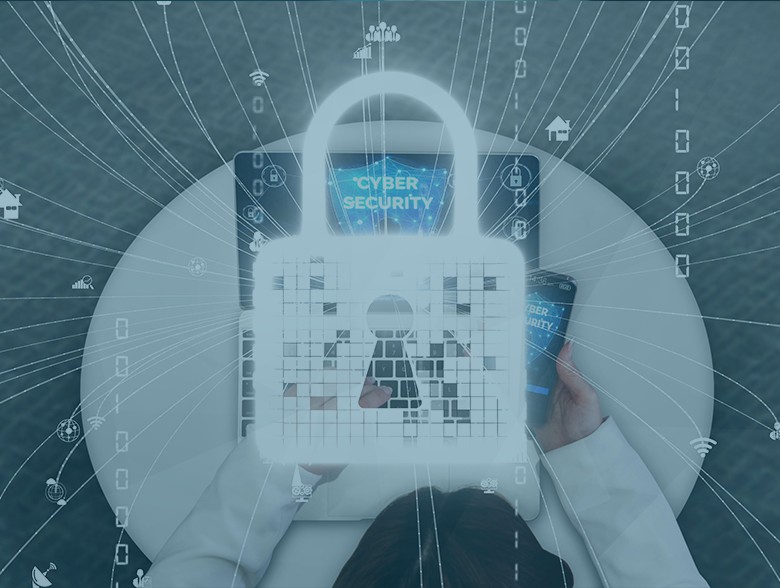By Alan Bavosa, VP of Security Products, Appdome
The significant growth and mass adoption of mobile applications has completely transformed the way users engage with brands today. From managing finances to indulging in leisurely pursuits, mobile apps have become an integral and expected part of our daily lives.
In fact, consumers globally are not merely embracing mobile apps; they are fully migrating to the mobile app channel for personal and professional objectives, creating a digital-only marketplace for brands. According to a survey conducted by Appdome spanning 25,000 consumers across 12 countries, nearly 52% of global consumers today prefer engaging with mobile applications over web channels.
With over half of the global population choosing mobile apps, there is now an increased and inherent risk of cybersecurity issues. 41.8% of the survey respondents reported experiencing or knowing someone close to them who had fallen victim to a cyber-attack. This alarming statistic highlights the sophisticated and deep-seated fears individuals harbor regarding cyber threats, data theft, and fraud in the mobile app landscape, underscoring the need for robust security measures that has never been more pronounced.
Emerging Threats and Consumer Fears
The problem? Attackers are ahead of most consumers and mobile developers alike and are quickly evolving thanks to breakthrough technologies like artificial intelligence and mobile bot adoption across the globe. The landscape of threats has evolved so much, in fact, that more sophisticated challenges are emerging including accessibility service malware, screen overlay attacks, and credential stuffing – all of which are taking center stage in 2024. The fear of unprotected or compromised mobile apps leading to unauthorized data access, account takeovers or fraudulent transactions has become a prevalent concern with few brands taking it seriously outside of traditionally regulated spaces, such as healthcare and finance.
Consumer Awareness and Responsibility Hierarchy
Additionally, consumers are becoming more aware of the potential misuse of on-device or over-the-wire exploits, raising questions about the security of their personal data directly with brands, and when those same questions go unanswered, they abandon brand loyalty altogether in search of a competitor who can offer mobile app protection. Beyond this, consumers are not only aware of the threats but are educating themselves enough to establish a clear hierarchy of responsibility when it comes to mobile app defense. Nearly 60% of global consumers believe that the primary responsibility lies with the mobile brand or developer, according to the survey results. This insight indicates a growing cyber-savviness among consumers who evaluate the risk associated with using mobile apps. Additionally, the fastest-growing concern among consumers is that brands may not care enough, indicating that more needs to be done between brands and developers.
Developers’ Dilemma: Balancing Features and Security
While consumers prioritize security, developers find themselves in an ongoing debate about balancing features and security. The survey reveals that nearly 90% of all surveyed believe that security is equally or more important than features. This shows an emerging pattern for consumers, and a nuanced understanding and recognition that only robust security measures in mobile applications can be effective in protecting their personal data and information.
The Developer’s Action Plan
Considering these insights, developers face the imperative task of revamping their mobile business protection strategy. Traditional methods like network protections and client-side compliance are deemed inadequate in the face of diverse devices and evolving threats. The action plan for developers involves:
- Proactive prevention over reactive recovery: Acknowledge the inadequacy of network-level protections and prioritize investments in meeting user expectations for security, anti-fraud measures and malware prevention in mobile apps. Focus on proactive prevention rather than reactive recovery.
- Transparent communication: Highlight security, anti-fraud and anti-malware features in release notes and app store descriptions to enhance the perceived value of mobile services. Incorporate threat awareness and intelligent response into the app experience to instill consumer confidence.
- Continuous updates via DevOps CI/CD pipeline: Implement security, anti-fraud and anti-malware updates in every app release within the DevOps CI/CD pipeline. Utilize real-time threat intelligence to guide data-driven decisions on the most effective protections for consumers.
- Real-time threat monitoring: Track real-time threats to mobile apps and environments to validate deployed protections, empower consumers to proactively counteract attacks and swiftly identify and respond to emerging threats.
- No-code, no-SDK mobile platform integration: Enhance DevSecOps processes by incorporating a no-code, no-SDK mobile platform for increased agility and control. Certify that security, anti-fraud and anti-malware protections are seamlessly included in every Android and iOS release without burdening the development team with additional work.
The landscape of mobile app security is rapidly evolving and mirroring the growing reliance on mobile applications. Consumer expectations are clear – they demand comprehensive protection against cyber threats, fraud and malware. Developers, in turn, bear the responsibility of fortifying these digital gateways to ensure a secure and seamless user experience. By adopting a proactive approach, transparent communication and integrating advanced security measures into their development processes, developers can not only meet but exceed consumer expectations, thereby ensuring the sustained success and trust of their mobile applications in an increasingly interconnected digital world.
About the Author
 Alan Bavosa is the VP of Security Products at Appdome, the leading pioneer in no-code, automated mobile app defense. He is passionate about helping mobile developers build secure mobile apps rapidly as part of the DevOps CI/CD pipeline. Prior to Appdome, Alan held numerous executive and entrepreneurial roles at leading cybersecurity firms including ArcSight, NetScreen, and Palerra as well their respective acquirers HP, Juniper, and Oracle. Alan can be reached online on LinkedIn, Twitter, and at our company website https://www.appdome.com.
Alan Bavosa is the VP of Security Products at Appdome, the leading pioneer in no-code, automated mobile app defense. He is passionate about helping mobile developers build secure mobile apps rapidly as part of the DevOps CI/CD pipeline. Prior to Appdome, Alan held numerous executive and entrepreneurial roles at leading cybersecurity firms including ArcSight, NetScreen, and Palerra as well their respective acquirers HP, Juniper, and Oracle. Alan can be reached online on LinkedIn, Twitter, and at our company website https://www.appdome.com.


